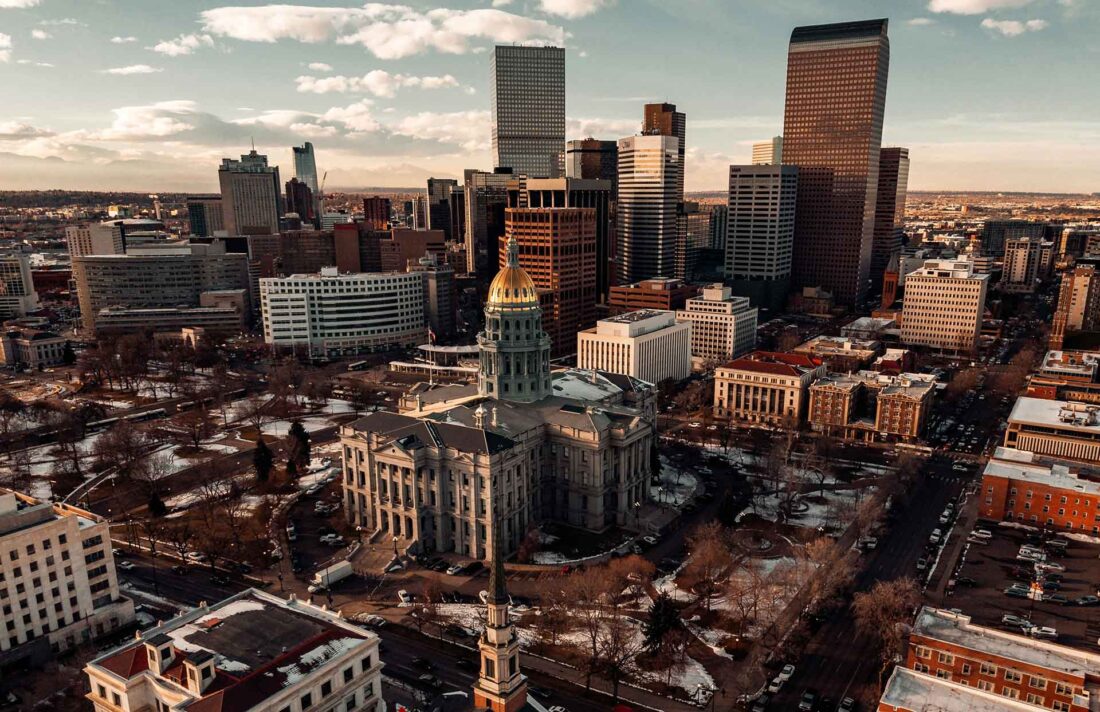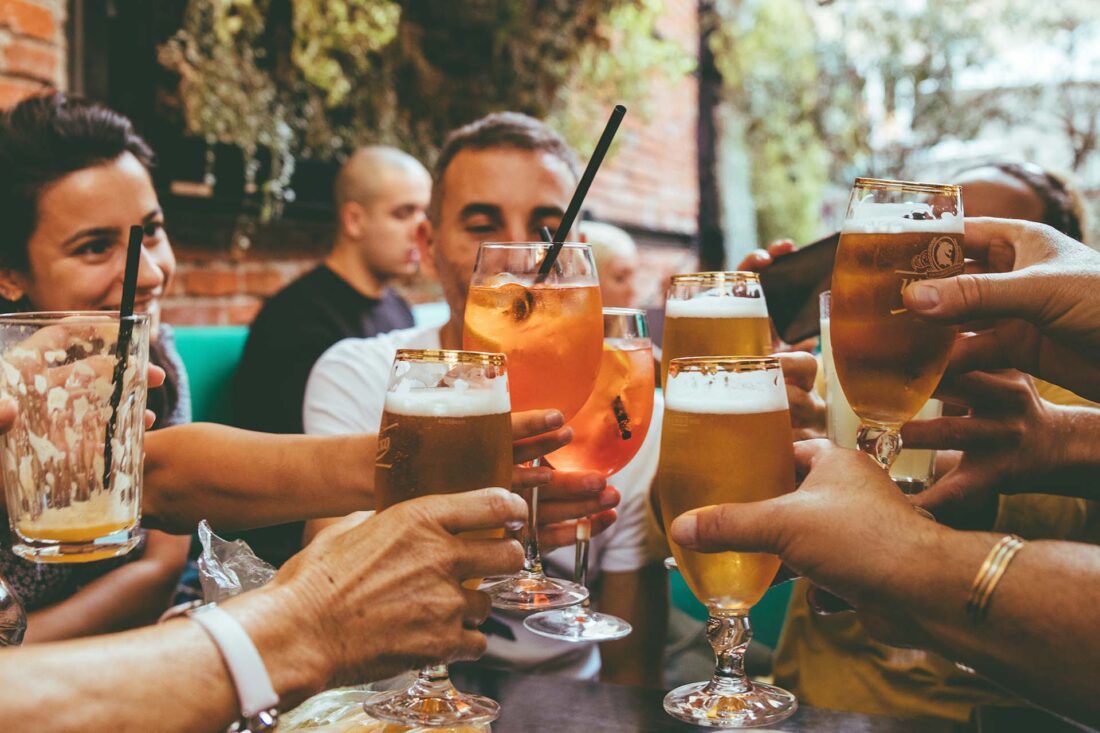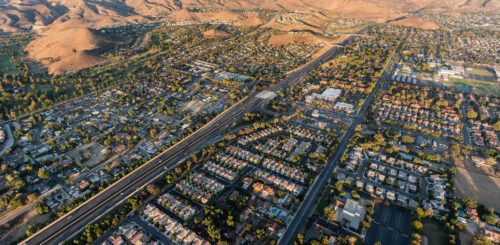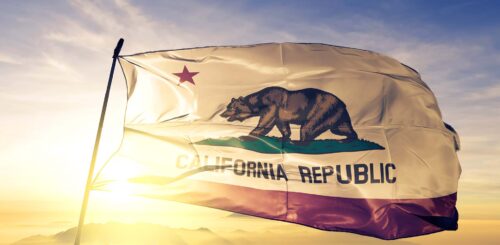When it comes to moving to an unfamiliar metropolis, finding the right neighborhood that can cater to your specific needs and lifestyle choices is of paramount importance. In case you’re moving to the Mile High City and looking for a perfect community, we made this little guide to the best neighborhoods in Denver to make the search a little bit easier for you. They’ll be listed along with all the perks you may expect once you’re finished with unpacking.


There are many things you can expect from Colorado’s capital, regardless of the reasons for your relocation. Moving to Denver will get you to a place with a marvelous view of the Rockies, excellent opportunities for outdoor activities in all four seasons, and a higher number of sunny days per year than Miami Beach, for instance. One of the unique staples of the city is the marijuana culture, ever-expanding since the State of Colorado legalized cannabis in 2013. And lest we forget, it’s where the Carrington family resided in once-popular soap opera Dynasty.
If all of this looks promising, know that we’ve just started our little walkthrough. We’d like to move on to our list of some of the best Denver districts, sorted according to their specific vibes and the type of residents they attract. Bur before that, let’s take a look at some general tips for relocating to the Mile High City.
How to Choose the Right Part of Town, And Where Not to Go
Choosing a neighborhood in a new town should take some time and consideration. Before you start packing your bags, you should have at least some idea of where you are going. Whether you’re moving for work, love, health, just wish for a new landscape when you look out of the window, Queen of the Plains has it all. Its economy is vibrant, opportunities for education are many, and amenities and culture easily accessible. So the choice should depend on your preferences.
Unfortunately, you often can’t have it all, and if you’re moving with kids, you’ll probably have to decide between living close to work and close to school. If you are single, or there’s just you and significant other, the question is whether you prefer to be in the midst of activities or in a quieter part. Diehard sports fans would undoubtedly want to reside near the Pepsi Center or the Empower Field.
One thing Denver’s great for is walking. It is fine if you opt for hiring auto transport services for the move, but it isn’t necessary. According to the site walkscore.com, these are the areas that have the highest walkscore:
- Downtown – 93 points
- Capitol Hill – 93 points
- Five Points – 90 points
- Baker – 86 points
- Cheeseman Park – 85 points
However, almost all of them are often cited as areas where you should be extra careful due to higher levels of crime, though mostly nonviolent.
Other places that are better to avoid are Lincoln Park, East Colfax, and Civic Center.
Housing And Rent
Finding suitable accommodation in Mile High is not a very challenging task. However, housing is more expensive than in neighboring capital Salt Lake City, UT, and is on par with Austin, TX.
The average rent for a one-bedroom apartment stands at 1,650 dollars in the center and around 1,300 dollars for a home outside of it. When it comes to buying, according to data provided by numbeo.com, the price for 11 square feet in the center is around 4,430 dollars, and about 2,900 outside of it.
Take Some Cue From Online Posts and Reviews
Reviews that people post on the Internet can be quite helpful in choosing the right neighborhood. Not all have to be accurate, of course, but the prevailing pros or cons should be an indicator of the quality of the area.


Best Neighborhoods in Denver for Raising a Family – Washington Park and Cherry Creek
Denver is often cited as one of the best cities in America to raise a family. Our first two picks are major contributors to this prestigious title.
Washington Park derives its name from the largest of almost 300 parks in the city, with trails and running paths, lakes, and lots of greenery. Park, and the beautiful view of the mountains, make Wash one of the most livable parts of town for families, but also retirees. Or at least its east side is. The west side is quite different. It’s the hotspot for younger folk, with many bars, coffee shops, and some of the most renowned tattoo artists in town.
Located just south of the city’s center, Wash has some buildings that have stood tall since the 1920s, including some genuine architectural gems, too. It has to be said that decades-old trees shade houses along the streets. One of the main attractions in this neighborhood is the Mayan Theatre, dating from the Art Deco years. Many visitors will tell you that interior design and decor are often more interesting to watch than the movie you originally came for.
Next comes Cherry Creek, the area famous for shopping. Some even say it sports the most excellent shopping in the Midwest. But it has more aces to play. There are some of the best restaurants in Denver, with both local and international cuisines. They are mostly located in the neighborhood’s north. Besides restaurants and bars, there are hundreds of art galleries, beauty and health salons, upscale boutiques, and a large plaza, favored by pedestrians. Fillmore Plaza is the site of the renowned annual Art Festival, which transforms into an open-air cinema in the summer and an ice rink in winter.
It’s a great place to live because it’s close enough to downtown so that residents can avoid most of the traffic jams and enjoy amenities and games in the center, while still far enough to provide for peace and quiet.
They Are Among the Best Places to Live in Denver If You’re Pursuing Good Education
Wash and Cherry Creek are parts of town with some of the finest Denver public schools. Children from Washington Park mostly go to the Bromwell Elementary, one of the highest-ranked institutions of its kind. Others mostly attend Steele Elementary, another highly rated educational institution.
Cherry Creek School District, on the other hand, is ranked on top of the list of schools for athletes in Colorado, according to data by niche.com. It is also on top of the list of best places to teach and in third place of the highest quality of teachers in the Centennial State.
Moving to the Best Neighborhoods in Denver Can Be Affordable
With a well-paid job, the cost of living in both Wash and CC is quite affordable. Home in Washington Park costs around 563,000 dollars on average (according to data provided by redfin.com). On the other hand, the average price for real estate in Cherry Creek stands at about 915,000 dollars. It is not a small amount of money and it tends to grow even further due to the neighborhood’s desirability.
However, they are probably the safest parts of town and have all the amenities one might wish for and plenty of things to do. So, a bit higher price tag is more than worth it.


Looking for Hip? Try River North Art District (RiNo), Capitol Hill, and Lower Downtown (LoDo)
We’ll now move on to some of the trendiest parts of Denver. First, Capitol Hill, a place of historic homes blended with modern flats. And all that amid countless museums and galleries, and the occasional bar. The neighborhood is very diverse and always filled with tourists.
It is recommended to ride a bike, or walk, since finding parking space is a mission impossible.
The next one is Lower Downtown, commonly known as LoDo. LoDo is a place of residential skyscrapers, but also fine restaurants and parks along the Platte River, with vast spaces for picnicking with barbecue with mountains in the background. It is where countless shops are, and where professionals of all ages and retirees live mixed with more affluent families. Most people there use public transportation to get around since it is very well organized and on time.
The third is the River North Art District. As you probably guessed, it has a nickname as well – RiNo. Once a warehouse zone, it was made what it is today by street artists and their graffiti. The bricks still dominate the architecture, however. RiNo is not far from the city center, and it is covered by a trail system of miles and miles of paths for pedestrians and bikers.
Short Guide to the Most Popular Places in the Center
Listing all the attractions of Denver’s core would fill many tomes. So, we made a shortlist for you. Pepsi Center goes without saying.
Capitol Hill is home to Colorado State Capitol, Denver Art Museum, and five other museums along with numerous galleries. Governor’s Park is a favorite place for locals to burn some calories after a good meal.
LoDo is a paradise for beer lovers, with numerous breweries and microbreweries and bars that offer new tastes and formulas. If you’re looking to mix shopping with a coffee or two, go to Larimer Square or Union Station. It still operates as a starting point for trains and buses, only now enriched with places where you can buy something and have a rest in between.
Head to RiNo for wineries, breweries, and restaurants, but also to a baseball game at Coors Field. Or to the Source, a food market where you can enjoy traditionally-made dishes.


Experience Diversity in Highland
Denver’s among the rare US cities that don’t have parts of town dominated by a single ethnicity. The only neighborhood that has such a vibe is the Highland, home of many Italo-Americans and Hispanics.
Looking much like Capitol Hill but at lower prices, Highland is preferred by young folks with a desire for the urban lifestyle. There are local shops, street fairs, and farmer’s markets, along with classy eateries.
Still, what makes Highland so unique is that it’s sort of detached from the bustling downtown. That, and Colorado Dragon Boat Festival on Sloan’s Lake, perfect for all those who enjoy Asian food, music, art, and culture in general.


If You’re a Tight Community Person, Choose Stapleton
Stapleton is a relatively new neighborhood built in the middle of the 1990s on the grounds of a decommissioned airport. It remains to this day one of the biggest projects of urban redevelopment in the US.
It has dozens of parks – public spaces and playgrounds are everywhere you look, but residential parts are quite cramped, so it may not be everybody’s cup of tea. Stapleton has its own schools, too.
So, if you’re into life within a community oriented toward itself, then Stapleton may be the right choice for you.


Mile High City Is Waiting for You
So, there’s our list. We hope that you’ll find your next home in Colorado and enjoy all the benefits that the area has to offer. And it provides very, very much to all. So don’t hesitate to contact Denver movers near you and hire their moving services. It’ll be well worth your time and money.






